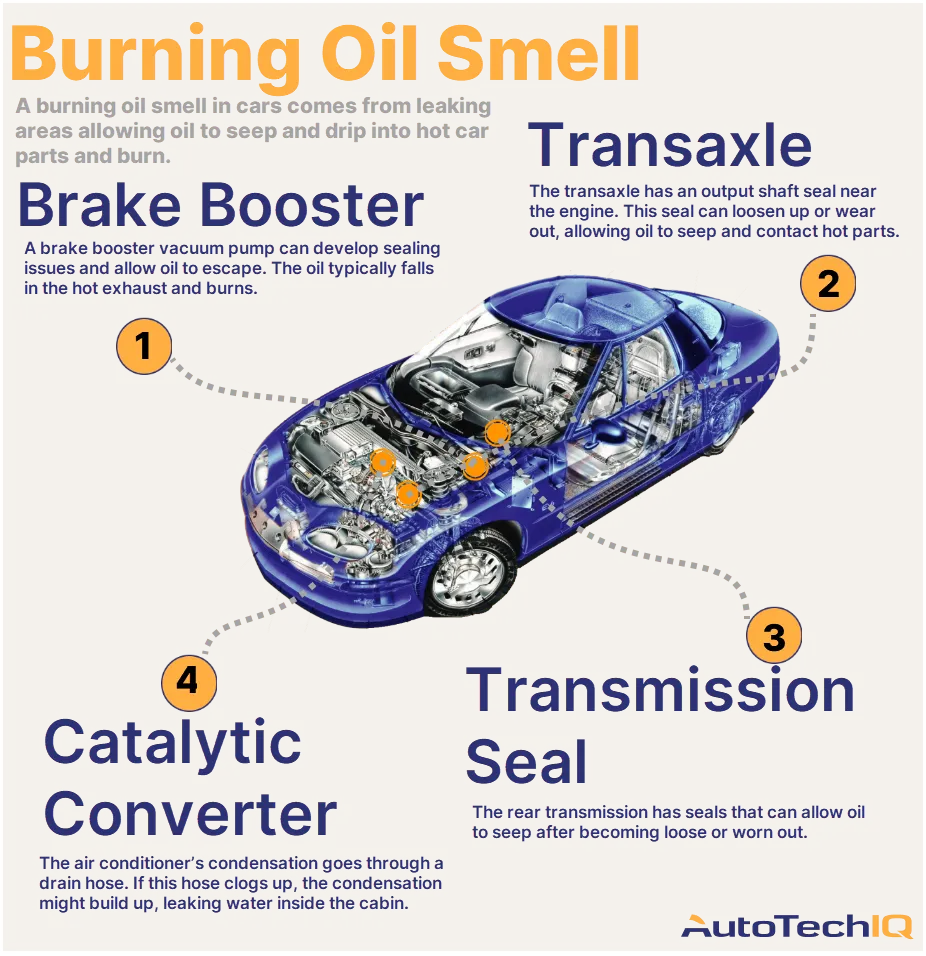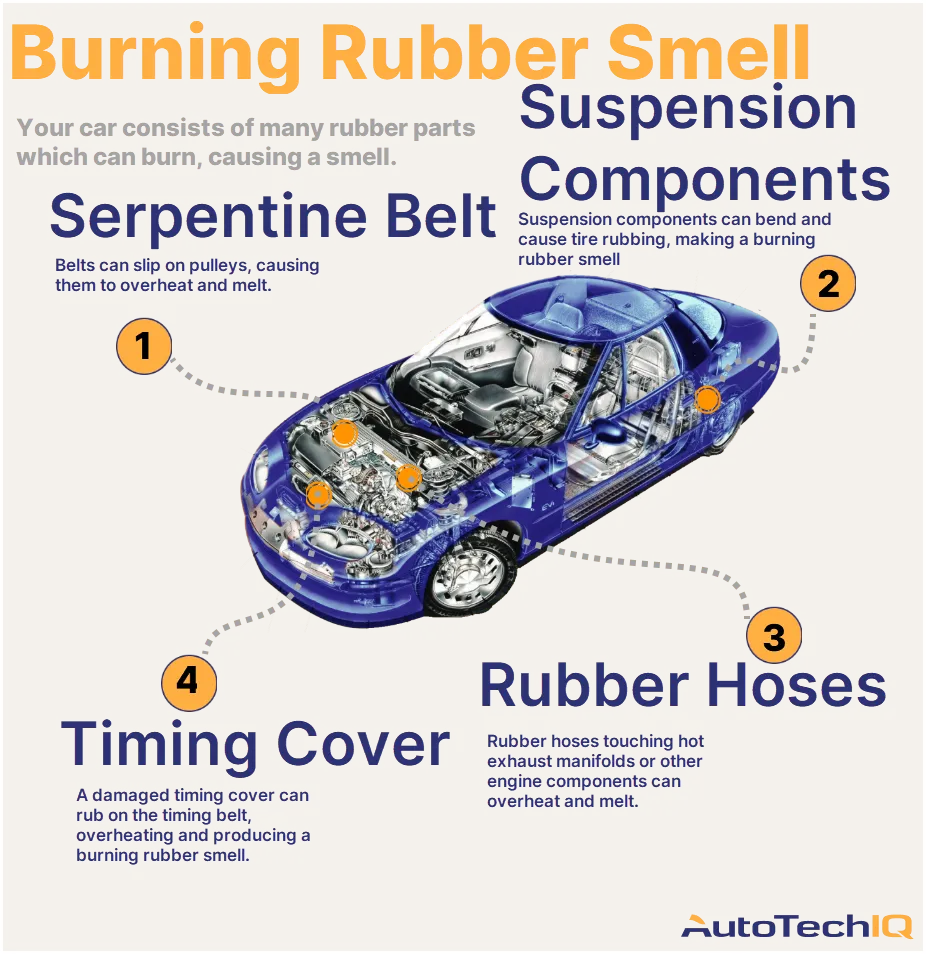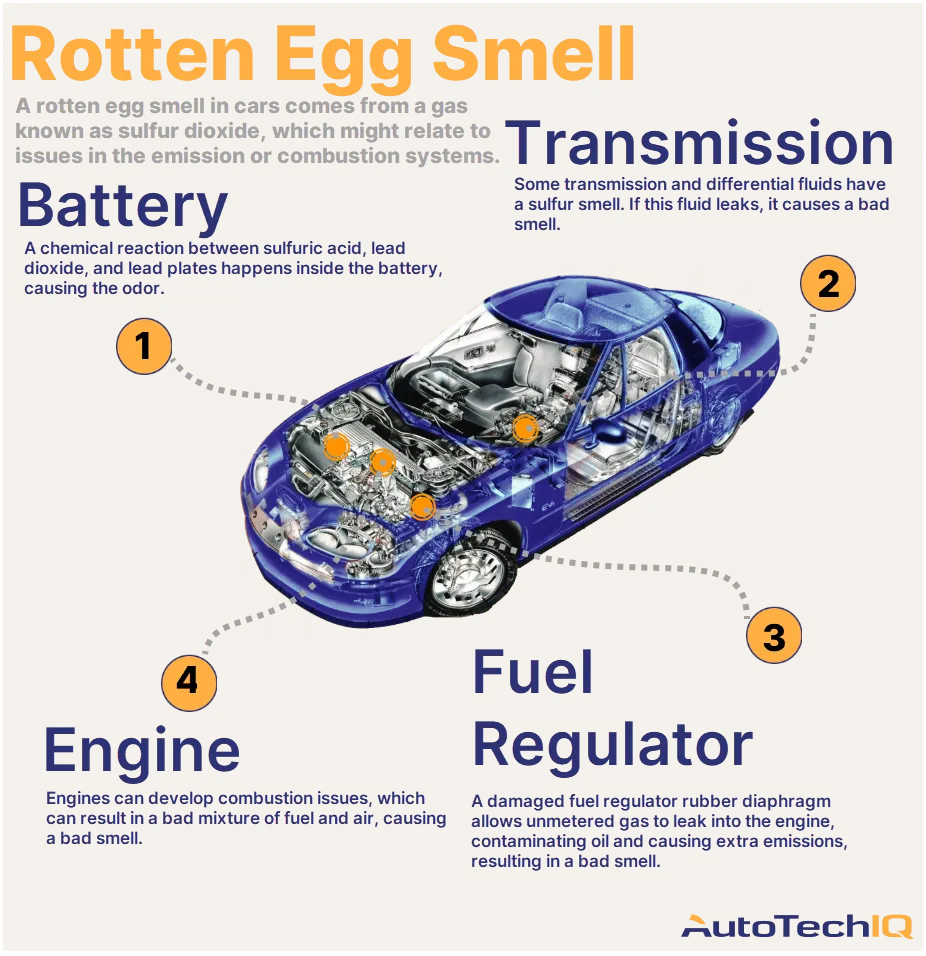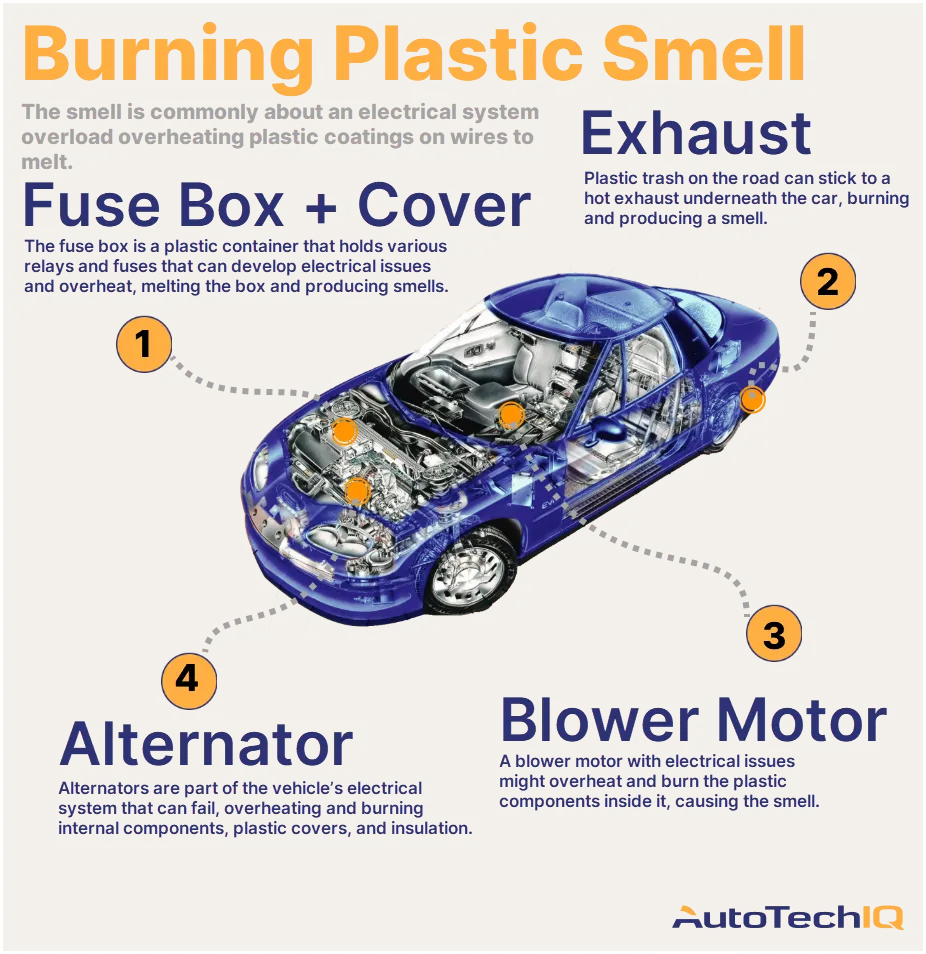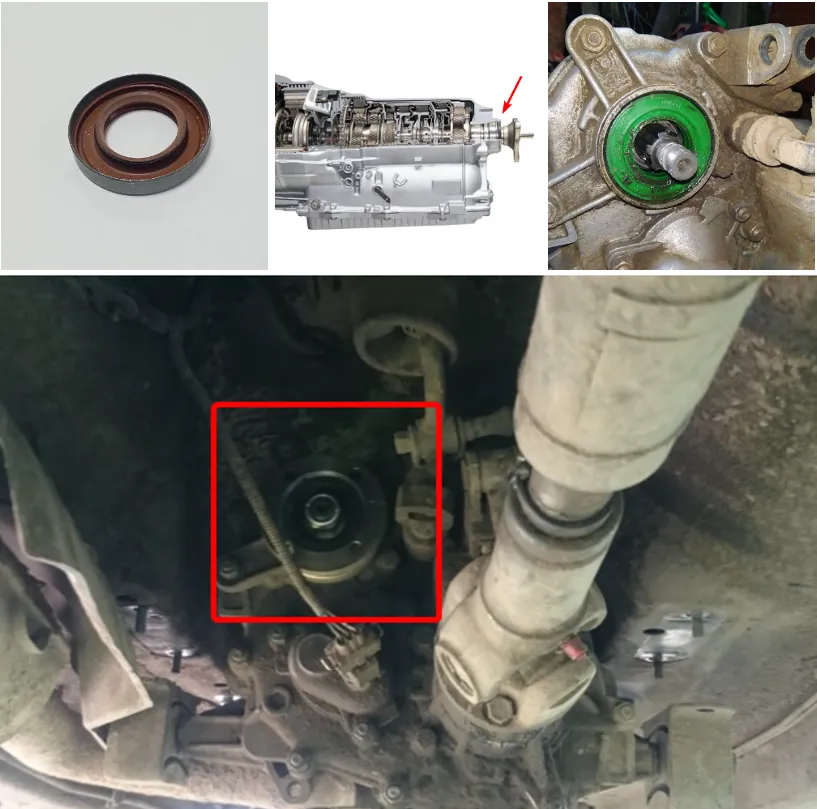
The output shaft seal of the transmission is a seal between the secondary shaft and the transmission housing that ensures the internal part of the transmission is airtight from the external environment. The functions of the seal include preventing oil leakage from the transmission and protecting it from the ingress of dirt, dust, sand, and water.
The output shaft seal of the transmission, like all vehicle seals, may look simple but is a very important component of the car. It is an elastic polymer ring, which mainly wears out due to mechanical impact and the rotation of the secondary shaft. Over time, you may notice oil spots under your car. In this case, you need to accurately determine the source of the oil leak. We recommend consulting Certified Auto Repair for more precise diagnostics and repair since it's best to diagnose oil leaks and replace this seal with the use of specialized equipment. Depending on the car, you may need to remove protective structures from the vehicle's undercarriage, as well as other car parts, because accessing this seal is not straightforward. Once the mechanic diagnoses that oil is leaking from the output shaft seal of your transmission, it's better not to delay the repair. You can still drive with this problem (if you can't get to the auto repair shop), but you must monitor the oil level in the transmission. If the oil level drops below normal, you must top it off, as reducing oil levels below normal can lead to more serious consequences, like the destruction of gears, shafts, and other parts inside the transmission. This is significantly more expensive than the cost of buying and replacing the seal itself.
When choosing a seal, it's better to opt for a good-quality original part, as the cost of replacing it is more than the seal itself. Also, note that when installing a new seal, you should pre-lubricate it to avoid damaging the working surfaces of the seal, the inner part of which is in full contact with the secondary shaft, while the outer part must precisely fit into the transmission housing.
Lastly, the output shaft seal often fails at low negative air temperatures. This is because the seal is made from high-quality rubber, but over time the rubber properties deteriorate and it becomes brittle, especially in the cold. The further ingress of dirt onto the inner working surface leads to accelerated wear of this seal. Therefore, this issue most commonly occurs in the northern states of the US.


